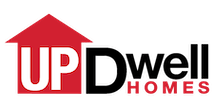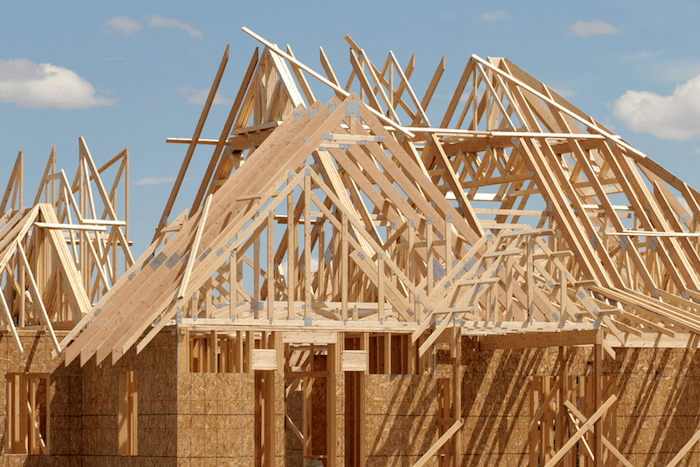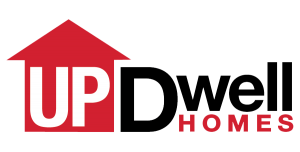The GreenLean Construction process was invented by UpDwell Homes. GreenLean builds a stronger, more energy efficient home with less construction waste. Energy efficiency is one of the most important considerations to think about when purchasing or building a new home. Because you are going to be paying for utilities as long as you live in the home, the costs of those utilities are going to have a direct impact on your monthly budget.
The GreenLean construction process uses 2×6 staggered framing instead of the traditional 2×4 framing used in most homes. In addition, GreenLean uses better insulation throughout the walls and attics and calls for many other behind the scenes additions and attention to details that just don’t exist in most standard homes. While some new home builders claim to add ‘green’ features to their homes, the GreenLean construction process designs energy efficient features right into the plans.
The Home Energy Rating System (HERS) is the industry standard for rating the energy efficiency of a home. https://www.resnet.us/hers-index. Most standard new homes on the market today have a HERS rating of a 100. Most older homes have a rating of 130 or more. The lower this number is, the more energy efficient the home is. Energy Star rates homes are typically rated at about 85. GreenLean homes such as every UpDwell Home however, typically rate between 50 and 65. This means that a GreenLean built home can save you up to 50% on your utility costs which translates into more money in your pocket each and every month you live in the home.
The GreenLean construction process by UpDwell Homes from Bountiful, Utah is an example of how a new home can be built with energy efficiency in mind during every step of the construction process from the plans to the completed home. Next time you are in the market for a new home or are looking to build your dream home be sure to ask the builder how he or she incorporates energy efficiency into the home design and what HERS ratings their homes have. Taking time to research this aspect of your new home can save you thousands over the life time of that home.


